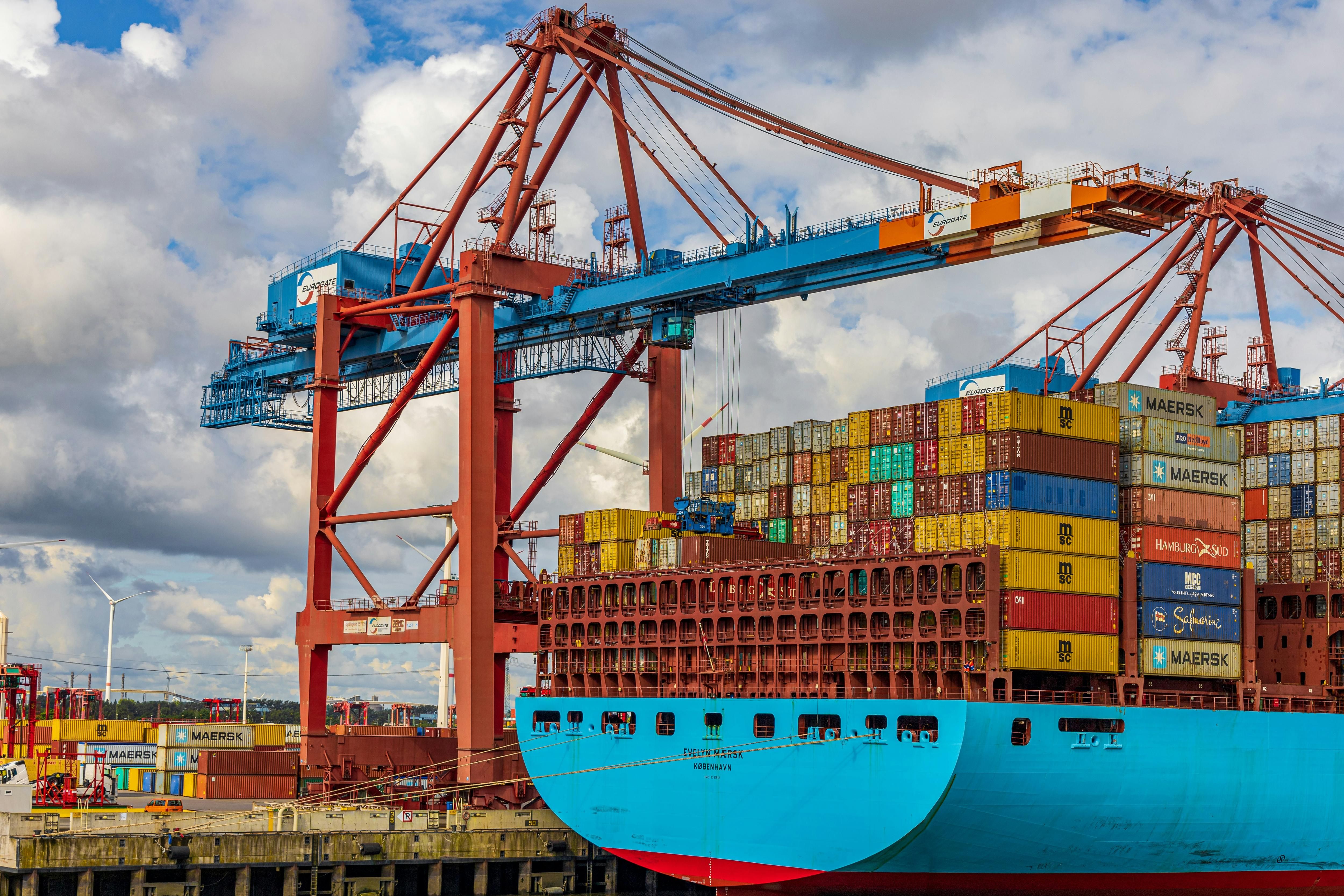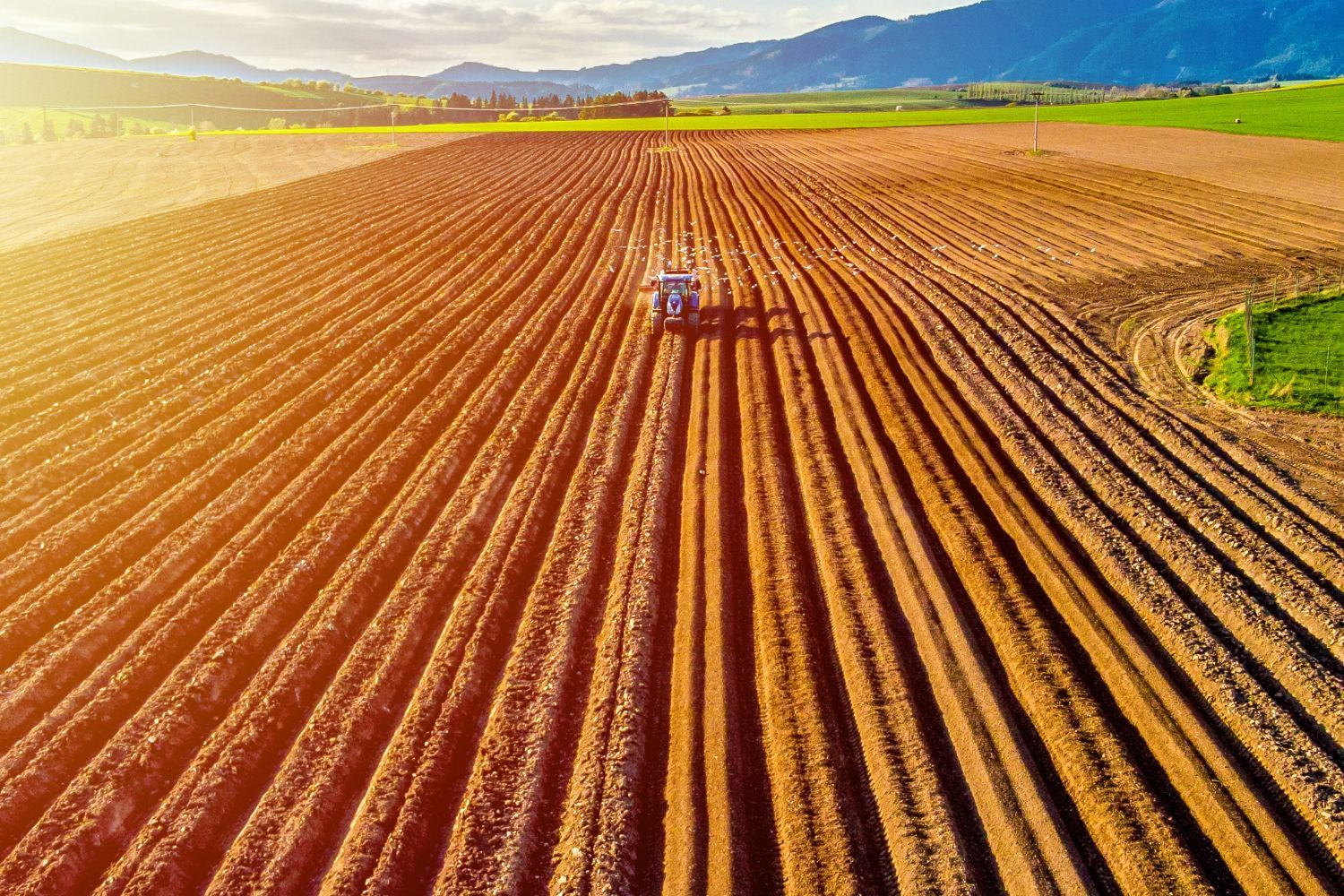Vantage Chance Limited ("Vantage"), announced that it has completed the exercise of its option (the "Option") to exchange all of its 157,325,071 common shares ("WPH Shares") held in Western Potash Holdings Corp. ("WPH") into 219,729,258 common shares ("WRX Shares") of Western Resources Corp. (TSX: WRX) ("WRX").
Vantage acquired the Option on September 8, 2022 pursuant to a subscription agreement among Vantage, WRX, WPH and Western Potash Corp., dated February 16, 2022, as amended on May 20, 2022 and July 29, 2022 (the "Subscription Agreement") whereby Vantage acquired 157,325,071 WPH Shares for an aggregate subscription price of $80,000,000 (the "Investment").
Pursuant to the Option, Vantage may, subject to certain conditions, exchange all 157,325,071 WPH Shares held by Vantage into WRX Shares within 180 days of completion of the Investment, being September 8, 2022.
As a result of completing the exercise of the Option, Vantage has obtained ownership and control over 219,726,258 WRX Shares, representing approximately 53.79% of the issued and outstanding WRX Shares calculated on a non-diluted basis as of the date of this news release.
Vantage exercised the Option for investment purposes. Vantage may from time to time acquire securities of WRX in accordance with applicable securities regulations, depending on a number of factors, including general market and economic conditions and other available investment opportunities.
This news release is issued pursuant to National Instrument 62-103 - The Early Warning System and Related Take-Over Bid and Insider Reporting Issues. A copy of the related early warning report will be filed with the applicable securities commissions and be available under WRX's profile on SEDAR at www.sedar.com, and may also be obtained by contacting Vantage Chance Limited at 011-852-96997777. Vantage's registered office is located at Vistra Corporate Services Centre, Wickhams Cay II, Road Town, Tortola, VG1110, British Virgin Islands.
To view the source version of this press release, please visit https://www.newsfilecorp.com/release/138893





